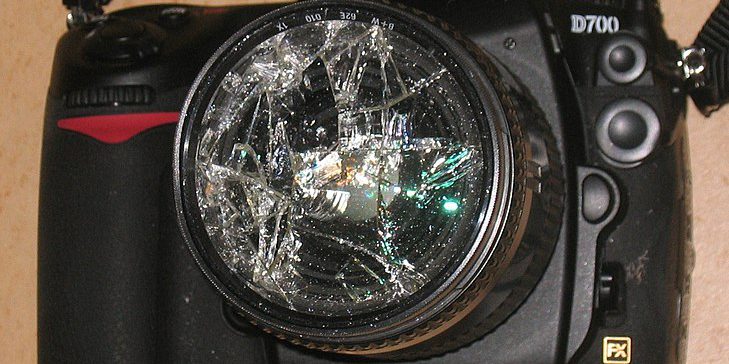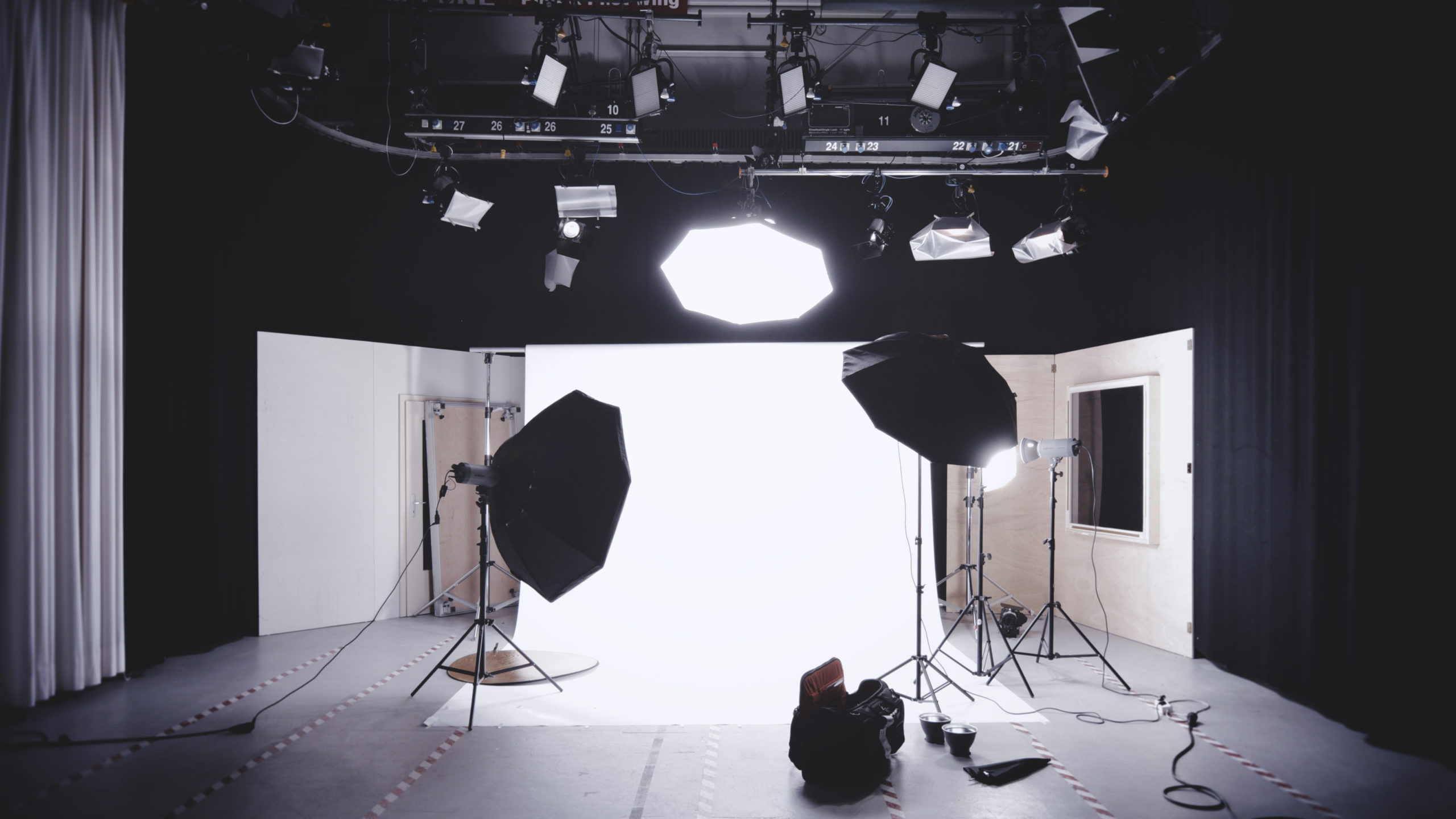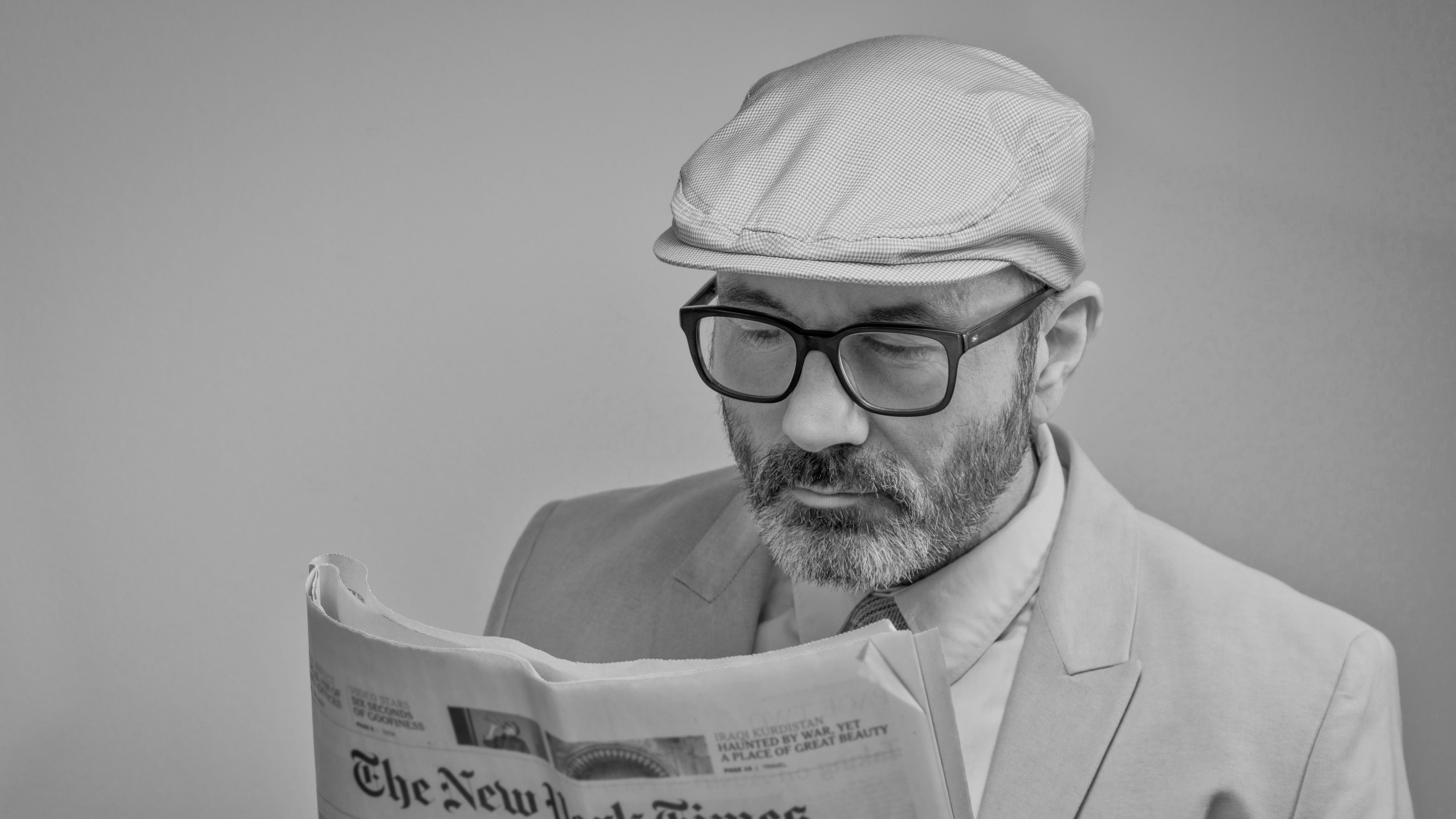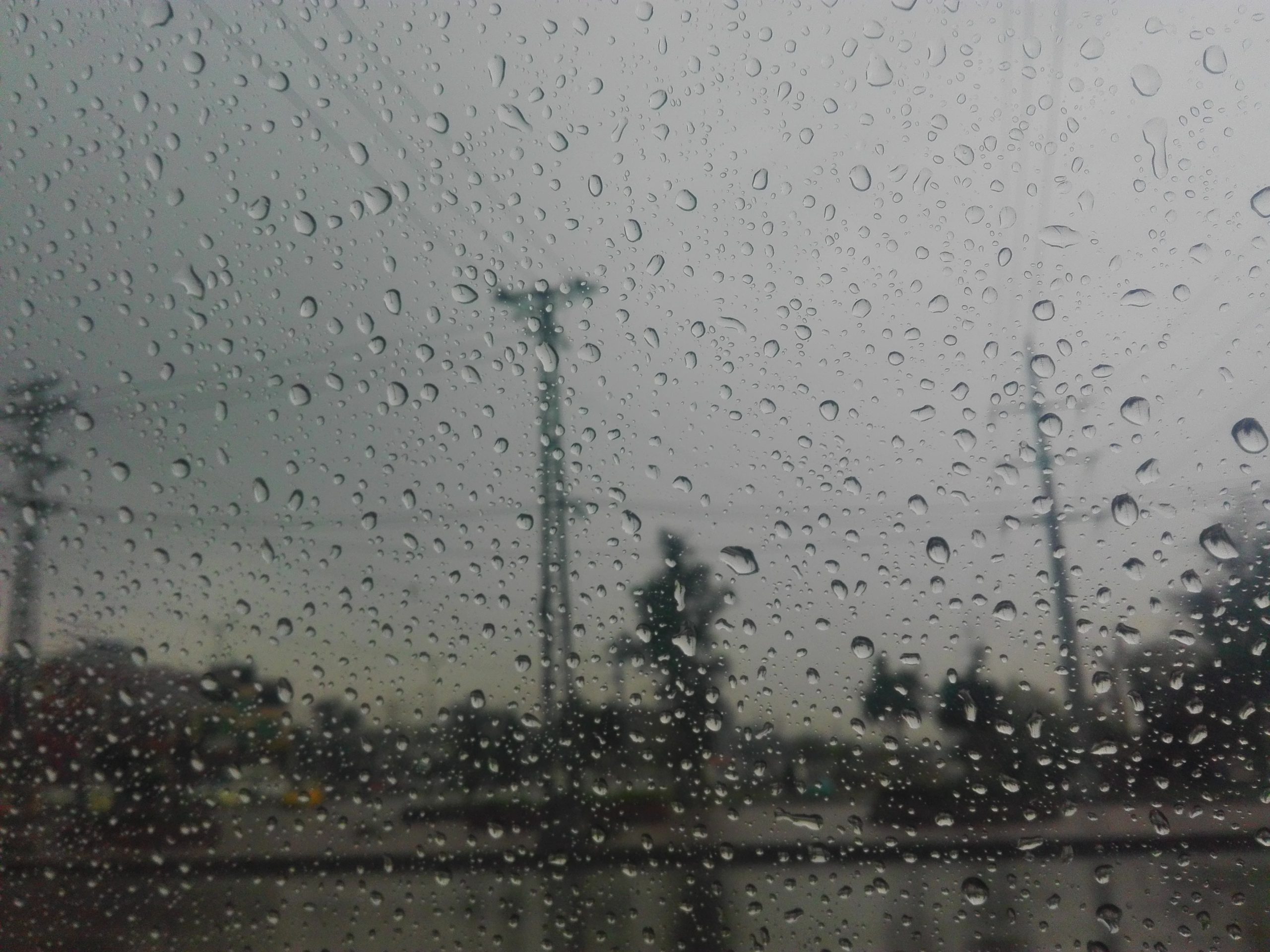
11 Aug Why are DSLR cameras so bad at time-lapse? And the big fat megapixel lie.
Once in a while, I get asked why Time-lapse Solutions don’t use DSLR cameras for their time-lapse projects. Firstly, that is not entirely true. We do, very occasionally – maybe a handful of times, use DSLR cameras for very specific, very short, interior time-lapse projects where we can control the lighting. But the answer to the question is this…
We don’t use DSLR cameras for time-lapse projects because they are terrible at time-lapse. Like really so bad.
There are some dodgy people out there who will tell you that if you are serious about time-lapse, you need a DSLR camera. This is a big fat lie.
Let’s start with what you get. I bet you are thinking about those beautifully sleek DSLRs that you see those slightly annoying photographers use when they are shooting models and luxury products. You know what I mean, incredible lenses. fantastic lighting, set-ups worth 10s of thousands of pounds. Cool right? Well, you’re certainly not getting that. Your reality? You are getting the cheapest camera and the cheapest lens they can get away with. In short, what you will get is a very bad camera with a very bad lens. But hey, at least it is a DSLR.

What you think you are getting…
Next, they will talk to you about megapixels. And they will talk to you like it really matters. It goes something like this: “The more megapixels a camera has, the better the pictures.”
It’s another big fat lie. The camera companies and the time-lapse companies all know it, but they continue to exploit your misunderstanding. They push a camera’s megapixel rating as though it’s some sort of grade, implying that a 12-megapixel model is necessarily better than a 18-megapixel model. A megapixel is one million tiny coloured dots in a photo. It seems logical that more megapixels would mean a sharper photo. In truth, though, it just means a terrible photo made of more dots. A camera’s lens, circuitry and sensor not to mention the time-lapse company’s mastery of composition and the camera’s controls are far more important factors.
A famous experiment by the New York Times, no less, addressed what they rather more politely called the Megapixel Myth. Their conclusion was megapixels don’t matter and that it was almost impossible to tell the difference between cameras of different megapixel resolutions on a single 16-by-24-inch image. So, anyone who claims that they can tell the difference on a time-lapse film at 24 frames a second is a liar. They can’t see a difference. And it is all marketing. In short, there is no material difference in picture quality between 12MP from a top of the range network camera and the 18MP from a bad DSLR.

The New York Times busted the Megapixel myth
But that is not the only significant difference between time-lapse system with DSLR and a network camera. There is more. Much more. And none it favours the DSLR. Let’s start with the obvious. A DSLR is simply not robust enough for a long-term time-lapse. Just look at it. It obviously can’t cope being outside for months on end. Or even inside on any construction site for that matter. It needs to be in some sort of enclosure to protect it to have any chance of surviving. Which raises the question; how does shooting through a protective window work with image quality? The DSLR evangelists certainly won’t tell you. It is all just a bit rubbish isn’t it. Now, let’s talk about how a DSLR camera deals with rain. A network camera will have a heater to burn off the rain. What does a DSLR do? Nothing. It doesn’t have a heater. You just have to live with it.

DSLR camera don’t deal with rain…
What about those beautiful manual shutters that DSLR’s have. Great for a one off shot but for time-lapse? Terrible. These low-end DSLRs are good for up to 100,000 shutter actuations. That is about six months of time-lapse and then you’ll have a problem. Your camera will fail. A network camera does not have a shutter, so will never have this problem.You see where we are going here? And that is just the start of it. Taking a picture every 5 minutes over a year pretty much defines what time-lapse is. A network camera can do this for years out of the box. But many DSLRs can’t. They need another bit of kit called an intervalometer. This a cheap device that plugs into the DSLR’s camera USB port and it allows a little bit of control over the frequency, length, and number of images taken. It’s essentially a cheap timer to turn a DSLR into a time-lapse camera. Sounds a bit rubbish? That is because it is.
Power is pretty important for time-lapse. When you think about a DSLR, you would normally be thinking about battery powered device. Sure, you can run a little power in there from a cheap adapter. But it doesn’t fill you with confidence particularly if you are doing that over many months. And you have to ask how safe is it? Network cameras are designed from the outset to run on Power over Ethernet power 24/7. It is safe and efficient. And the power can be up to 100m from the camera. And there is another thing. With a DSLR time-lapse camera, you have to run power right up to the camera. That is a massive pain. And then there is solar power; it is a great solution for time-lapse but good luck running a DSLR time-lapse system on solar power. It ain’t going to work very well. Or at all. With a network camera using solar is a proven technology and absolutely no problem.
Network cameras are called that for a reason. They are designed so that you can log in and manage them remotely. Maybe you need to refocus a shot? Change the white balance a little? Take a few more images for a particularly important part of the project? No problem for a network camera. We login remotely and make those changes in seconds. With a DSLR – no chance. Impossible. Yep, simply impossible to do this remotely. A site visit would be needed which is a crashing waste of everyone’s time. The horrible reality is that DSLR time-lapse systems are impossible to manage remotely, very problematic and very tricky to use.

High quality DSLR night time shot
Also, DSLR time-lapse cameras are entirely unsuitable for remote night shooting on a construction site. Mainly because there is no infra-red support for DSLR out of the box. So, night shots are…well…dark, so very very dark, in fact, there is absolutely nothing there. DSLRs are completely useless at night time time-lapse. A network camera has infra-red functionality straight out of the box. To turn it on, simply click a button. Simple as that. Now, what if you want live video as well as time-lapse on the same camera, it’s no problem for network camera. They have several channels that allows for live video and time-lapse on the same camera. For a DSLR camera to broadcast live video over any length of time is pretty much impossible. It couldn’t cope and would overheat. And even if a DSLR could manage live video, it means it won’t be able to take images.

Kylie is not the same as a time-lapse project
In conclusion, it is painfully obvious that DSLRs are awful at time-lapse. They are simply not designed for this type of work. Look, I get it. If I am going to shoot a luxury product or fashion, of course I am going to use an expensive DSLR and an even more expensive lens. Although I did once turn up to a shoot for Kylie Minogue with a network camera but that is a completely different story for another very funny post. Those unscrupulous time-lapse companies who try to conflate the technology needed for a serious time-lapse project and the technology needed to get Kylie looking her best are straight out right lying. It is simple. Network cameras are for time-lapse projects; very good DSLRs and lenses are for filming popstars. And getting it the wrong way round will lead to disastrous results.


